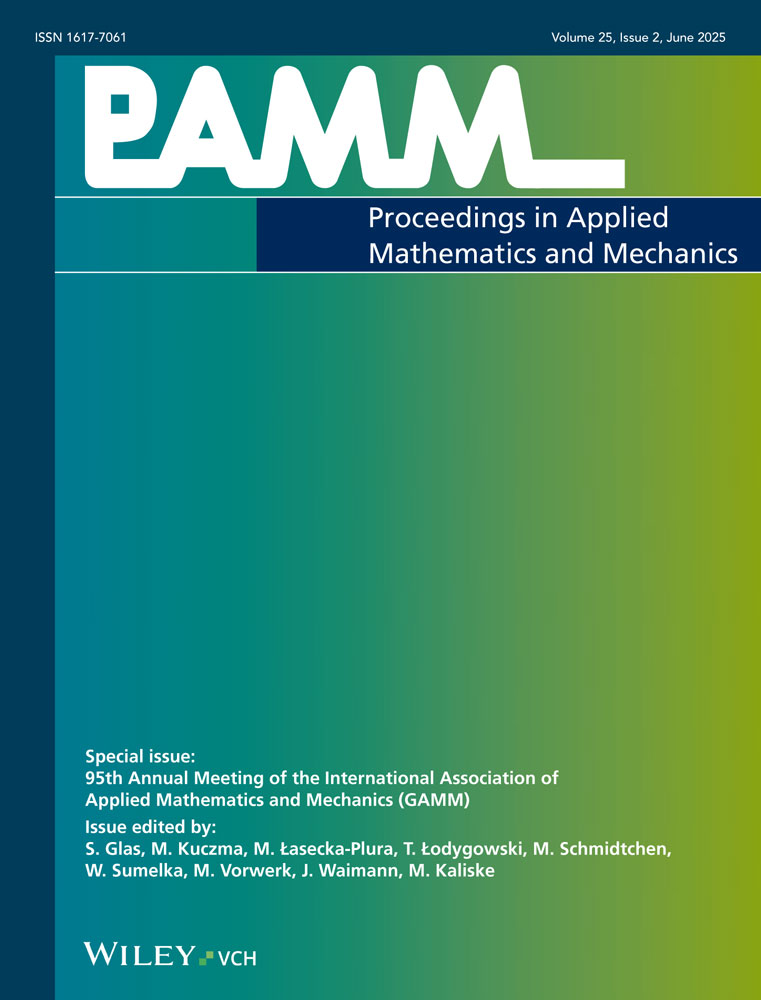Influence of nano-particle interactions on the mechanical behavior of colloidal structures in polymeric solutions
Abstract
Colloidal structures inside solutions are usually considered as rigid bodies or linear springs. However, recent experimental results show a strongly nonlinear mechanical response of large clusters. In this contribution, the nonlinear elastic behavior of the colloidal structures inside polymeric solutions is studied. So far, the influences of initial length and fractal dimension on the elastic response of colloidal structures have mostly been considered by scaling theory. Here, we additionally take into account a deformation induced evolution of the aggregate structure which is mainly influenced by inter-particle interactions. To this end, central and lateral (non-central) inter-particle forces are considered separately. Next, the directional stiffness of the colloidal structure is evaluated by using the concept of a backbone chain. The backbone chain is a unique path between two ends of the colloidal structure that carries the main portion of load. The mechanical response of the backbone chain depends on aggregate geometry, deformation history and moreover, on the nature and the strength of the inter-particle interactions. The aggregate geometry is described by means of the angular averaging concept. The so-obtained model can further be generalized for all types of colloidal structures with central and lateral inter-particle forces. (© 2012 Wiley-VCH Verlag GmbH & Co. KGaA, Weinheim)




